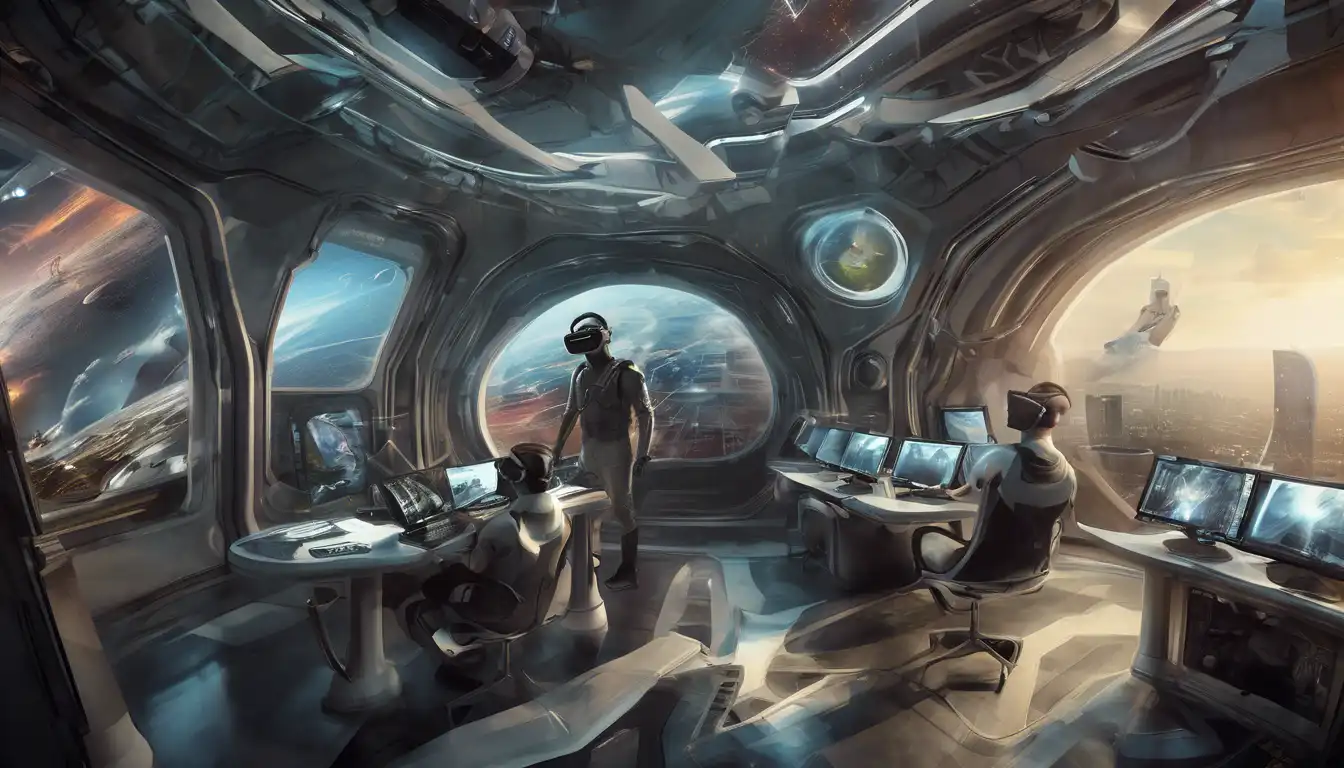Introduction to Virtual Reality
Virtual Reality (VR) has emerged as a groundbreaking technology that is reshaping how we interact with digital environments. By creating immersive, three-dimensional worlds, VR offers unparalleled experiences that blur the line between the physical and virtual realms.
The Evolution of Virtual Reality
The journey of VR from a futuristic concept to a mainstream technology has been nothing short of remarkable. Early experiments in the 20th century laid the groundwork for today's advanced VR systems, which are now accessible to consumers and businesses alike.
Applications of Virtual Reality
VR's applications span across various sectors, including education, healthcare, entertainment, and real estate. For instance, in education, VR can simulate historical events or scientific phenomena, providing students with a dynamic learning experience.
- Education: Interactive learning environments
- Healthcare: Surgical simulations and therapy
- Entertainment: Immersive gaming and movies
- Real Estate: Virtual property tours
The Future of Virtual Reality
As technology advances, VR is expected to become even more integrated into our daily lives. Innovations such as haptic feedback and eye-tracking are set to enhance the realism of virtual environments, making VR an indispensable tool in the tech landscape.
Challenges and Considerations
Despite its potential, VR faces challenges such as high costs, technical limitations, and health concerns like motion sickness. Addressing these issues is crucial for the widespread adoption of VR technology.
For more insights into the latest tech trends, check out our tech trends section.
Conclusion
Virtual Reality stands at the forefront of technological innovation, offering endless possibilities for transforming industries and enhancing human experiences. As we navigate this exciting frontier, the potential of VR continues to expand, promising a future where the boundaries between the real and virtual worlds are seamlessly blended.
